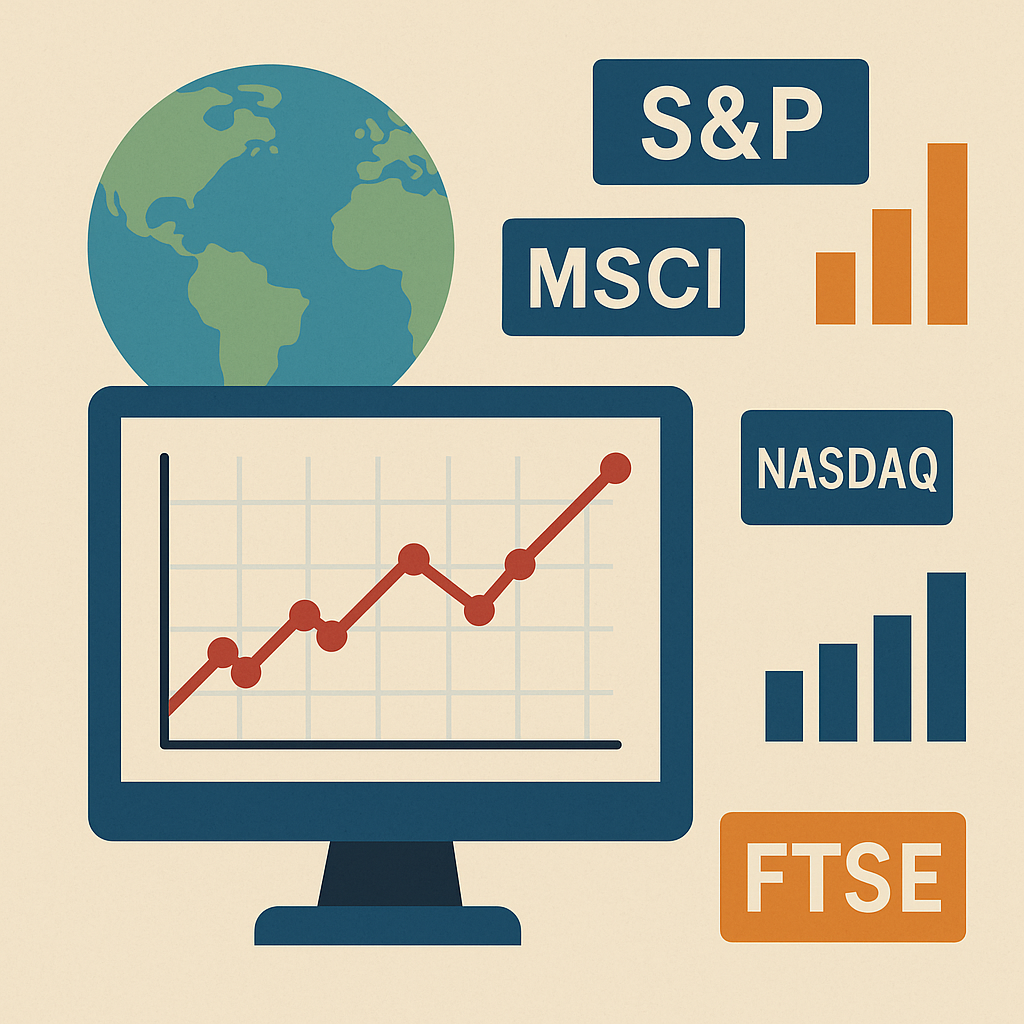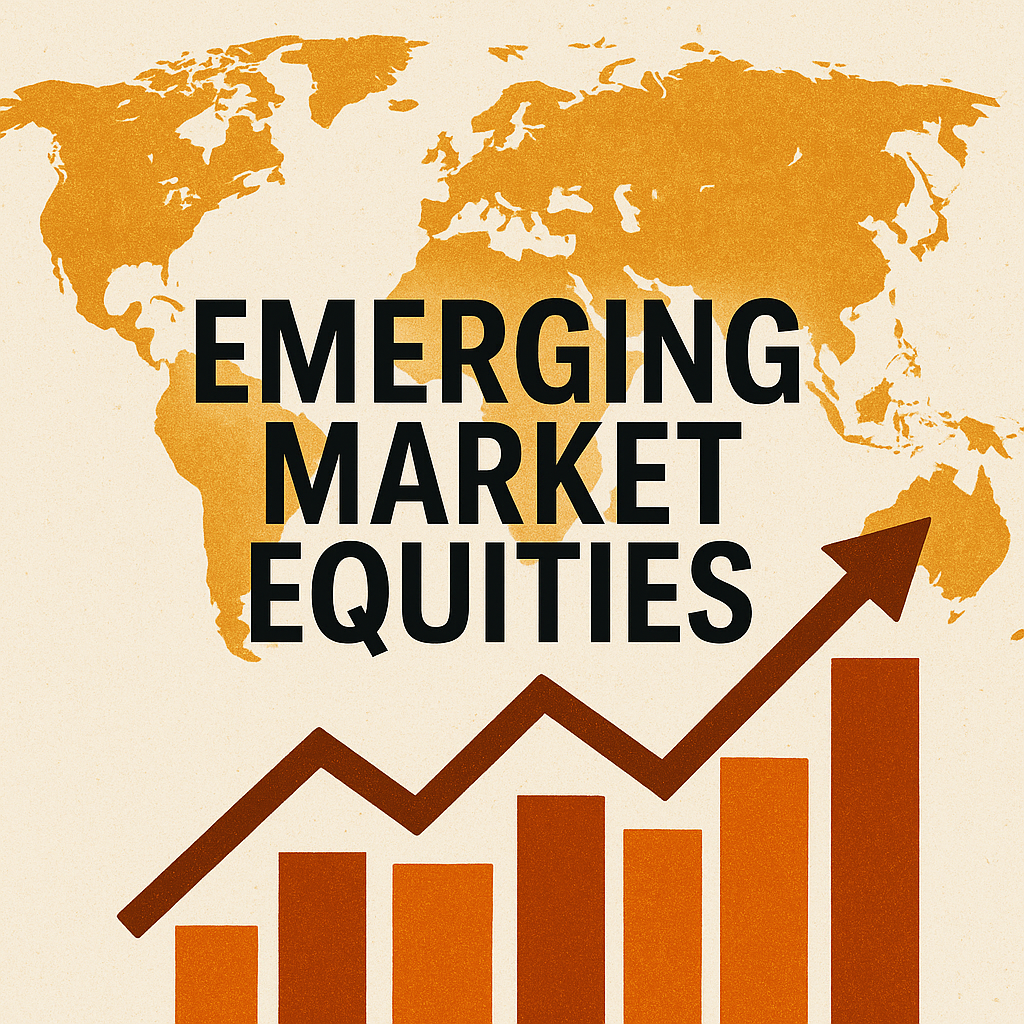Featured and Latest Posts

Understanding the Different Equity Indices
When we talk about investing in ‘the market’, we’re usually talking about an index. An index is a basket of securities designed to represent a particular slice of the market. Some are global, some are regional, and others zoom in on a country, sector, or company size.
You can’t invest in an index directly, but you can invest in mutual funds and ETFs that track them. Knowing which index you’re tracking matters because different providers slice the market in different ways.

The Size Premium Myth? Why Small May Need Friends
The so-called ‘size premium’—the idea that small companies reliably beat large ones, has always sounded intuitive. Smaller firms are riskier, less liquid, and harder to hold, so they should deliver higher returns. Yet the evidence is far from clear. Long-term data show bursts of small-cap outperformance, but these gains are patchy, fragile, and often vanish once you adjust for higher market betas. What really drives results is the company type: small-cap value and high-quality firms have consistently delivered, whilst small-cap growth has been persistently weak. The charts in this post make it plain—size on its own is not a premium, but paired with value and profitability it remains a powerful portfolio building block.

The Long Shadow of 1989: Japan’s Markets Against the Developed World
For many investors, Japan can feel like a puzzle. The Nikkei 225 once symbolised unstoppable growth, rising sixfold in the 1980s before peaking in 1989. What followed was decades of stagnation: the market regained its high only thirty five years later, as U.S. and European shares pushed ahead. This long stretch of disappointment has made Japan seem risky or unusual, but in reality the lesson is simple. Valuations matter—buying into markets when prices are extreme can lock in years of weak returns. At the same time, Japan shows the importance of diversification. No single country, however dynamic, is immune to setbacks. For retail investors, the takeaway is not that Japan should be avoided, but that it is one part of a wider global portfolio, balancing risk and opportunity across regions.

Emerging Market Equities: Returns, Risk, and the Long View
Emerging market equities promise growth, but the journey has never been smooth. Over the past decade, they have badly lagged developed markets, returning only 3 per cent per year against nearly 10 per cent for MSCI World. Yet step back to a twenty-year view and the picture looks different: emerging markets have delivered close to 10 per cent annually, outpacing developed markets. Since their inception in 1988, returns have been broadly similar between the two, though emerging markets have endured far deeper drawdowns and longer recoveries.
The central question is whether investors can rationally expect a return premium from EM. Valuations today suggest they should: price-to-earnings ratios are lower and dividend yields higher than in developed markets, particularly the US. But higher expected returns are not guarantees.



Good financial decisions aren’t about predicting the future—they’re about following a sound process today.
In investing, outcomes are noisy. Short-term performance often reflects randomness, not skill. Yet fund managers continue to pitch five-year track records as if they prove anything. They don’t.
As Ken French puts it, a five-year chart ‘tells you nothing’. The real skill lies in filtering out the noise—evaluating strategy, incentives, costs, and behavioural fit.
Don’t chase what worked recently. Stick with what works reliably.